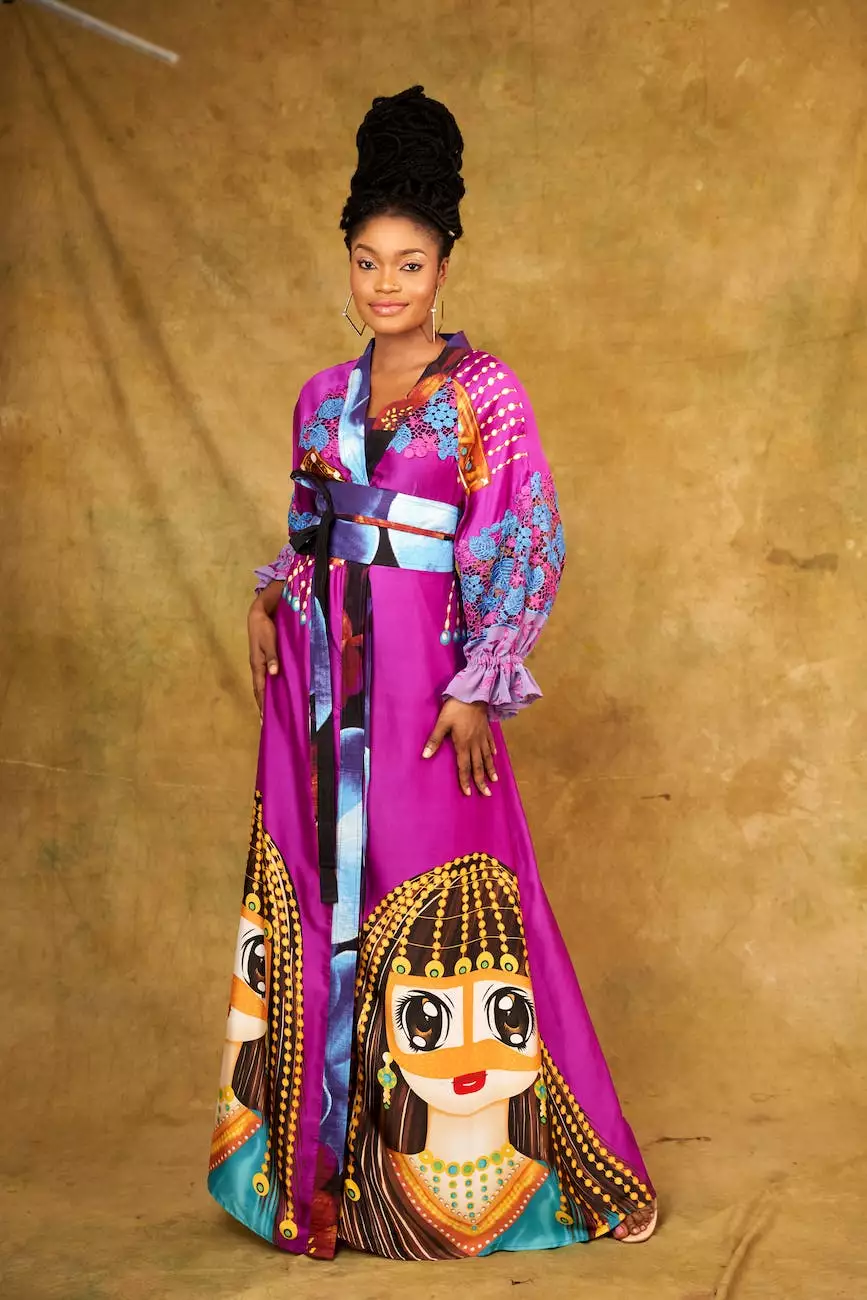RGB vs. CMYK
Blog
Understanding the Differences between RGB and CMYK Color Modes
When it comes to website development and design, choosing the right color mode is crucial. Two commonly used color modes are RGB (Red, Green, Blue) and CMYK (Cyan, Magenta, Yellow, Key). In this comprehensive guide, I Maintain Sites, a leading website development company in the business and consumer services industry, will explain the differences between RGB and CMYK and help you choose the right color mode for your needs.
What is RGB?
RGB is an additive color mode primarily used for digital displays, such as computer screens, smartphones, and televisions. It combines varying intensities of red, green, and blue light to create a wide range of colors. Each color is represented by values ranging from 0 to 255 for each primary color, resulting in millions of possible color combinations.
Advantages of RGB
- Highly vibrant and vivid colors: RGB allows for a broader spectrum of vibrant colors, making it ideal for digital media.
- Expanded gamut: With RGB, you have access to a wider range of hues and saturation levels.
- Optimized for digital platforms: As most digital devices use RGB displays, working in this color mode ensures accurate color representation on screens.
What is CMYK?
On the other hand, CMYK is a subtractive color mode primarily used for print materials. It is based on the absorption of light rather than the emission of light. CMYK combines varying percentages of cyan, magenta, yellow, and black ink to create colors. Unlike RGB, CMYK subtracts light and reflects the remaining wavelengths.
Advantages of CMYK
- Precise color reproduction on print: CMYK is specifically designed for print materials, ensuring accurate color representation in the final output.
- Wider color range for print applications: Although the color gamut of CMYK is narrower compared to RGB, it is optimized for professional printing, where a vast range of colors can be achieved by layering ink in different densities.
- Consistency across prints: CMYK colors are standardized across different printing processes, resulting in consistent color reproduction.
Choosing the Right Color Mode for Your Needs
Deciding which color mode to use depends on your specific requirements. As a website development company, I Maintain Sites understands the importance of using the right color mode to achieve optimal results for your business and consumer services.
When to Use RGB
RGB is the go-to color mode for digital platforms, including websites, social media graphics, and digital advertisements. If your focus is to create visually striking designs for digital consumption, RGB is the ideal choice. It ensures the colors appear as intended on various screens and delivers a visually captivating user experience.
When to Use CMYK
CMYK is essential for print materials such as business cards, brochures, flyers, and posters. If your business requires professional printing services, choosing CMYK is crucial to achieve accurate color reproduction. By using the CMYK color mode, you ensure that your print materials accurately represent your brand and leave a lasting impression on your target audience.
Conclusion
In conclusion, understanding the differences between the RGB and CMYK color modes is vital for successful website development and print material design. RGB is ideal for digital platforms, offering vibrant and vivid colors, while CMYK is essential for achieving precise color reproduction in print materials. At I Maintain Sites, we prioritize choosing the right color mode for your business and consumer services needs to deliver visually appealing designs and prints that captivate your audience. Trust our expertise in website development to optimize your online presence and stand out from competitors.










